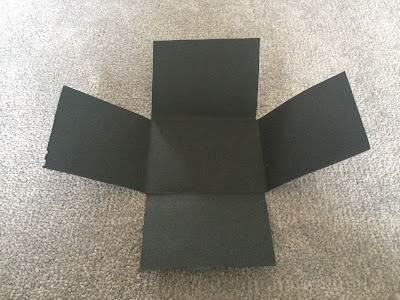What is the design process?
The Students Process/ My Process when preparing and doing a brief
1. Receiving the brief and analysing the key things I need to know and
consider.
2.Research from the knowledge I've aquired on the brief looking for
information and relevant inspiration.
3.Fine tooth coming my research i would then use this to inspire my
ideas/thumbnails/sketches/concepts.
4. Before running off with just one idea I would ask for feedback from
my peers on which concept works best and then go with that and develop
and refine my idea.
5.I would continue my final outcome continuously referring back to my
research/inspiration/feedback.
6. Feedback on my final outcome to see if there is anything I can change
at this point I don't want to be changing a huge problem in my design.
7. Id round it up by evaluating my design/faults/issues/improvements. etc.

Preparing for a client/industry/print
Most of the steps would stay the same but some would change for example
the brief! The brief would be discussed with the client in this meeting you
want to identify their wants/needs, the schedule (deadlines), specifications,
and budget! sticking to their needs is really important because it can become
not fit for purpose.
Another thing that would be added/changed would be communication keeping
in contact and constant getting back to the client is important if you don't do
this you could end up with something that you spent months on and the
client does not like it! Always ask for the clients validation only your work.
If the final output is to be printed industrially consider how the printer needs
to recieve the file, does it need a cutter? crop marks? separations? spot colours?
make sure the file is setup correctly especially the document size, mostly the
printers will have mac operators who will add things specifically to print but
ideally it wants to be ready to be set up for a run. When sending to print you
need to consider stock, cost and run size. Some things will cost more than others.

In the session in groups we created mind maps and discussed the
design process we were given a task to explain the design process
visually so as a group we decided to show the design process through
baking a cake, to make it easy for anyone to understand. We all drew
one stage each.















































